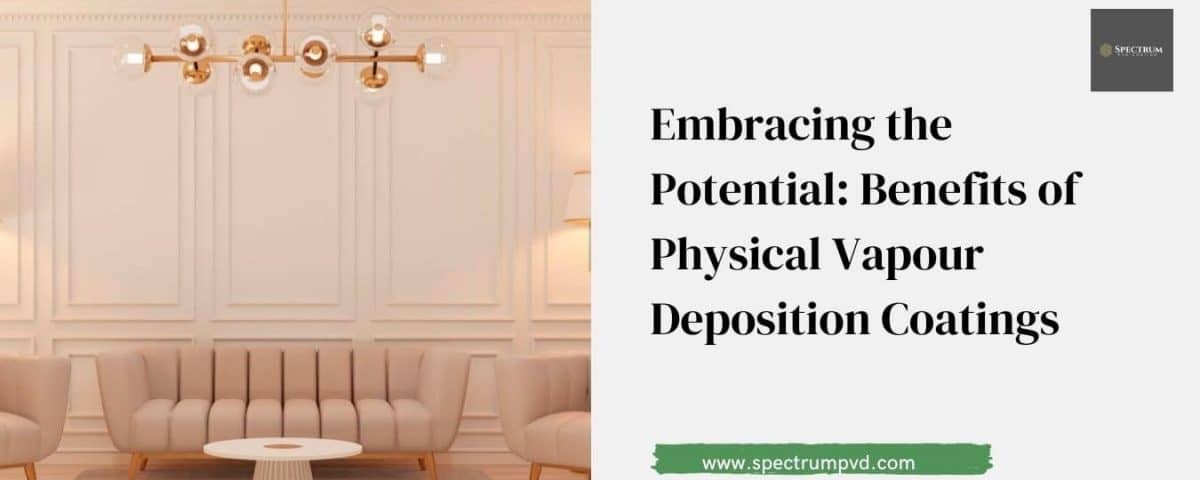What advantages do coatings made by physical vapor deposition offer? During this process, solid ingredients vaporize in a vacuum and condense to form a thin, highly adhesive coating on the target object’s surface. Let us now investigate the reasons PVD coating Bangalore Karnataka, India is now the preferred method for improving performance, durability, and appearance over many different uses.
Advantages Of PVD Coatings
PVD coating’s capacity to greatly raise materials’ hardness and wear resistance is among its most important benefits –
- Improved durability and wear resistance:
PVD coating essentially produces a protective barrier that shields the underlying material from wear, abrasion, and corrosion by layering a thin layer of hard, wear-resistant material, such as titanium nitride (TiN) or chromium nitride (CrN), onto the surface of a substrate. This results in extensive tool life, lower maintenance costs, and better performance in machining, cutting, and forming applications.
- Enhanced aesthetically pleasing surface finish:
Apart from improving mechanical qualities, PVD coating luxury sofa set is aesthetically pleasing and, hence, a common choice for ornamental uses. PVD coating offers unmatched adaptability in generating visually spectacular surfaces, whether it’s adding a dash of colour to architectural elements and automobile trim or glossing a metallic finish to consumer goods such as watches, jewellery, or eyewear. Moreover, PVD coatings are rather flexible and let producers get a wide spectrum of finishes and colours to fit their design tastes.
- Thermal stability and temperature:
PVD coating’s capacity to resist high temperatures and preserve thermal stability under very demanding situations adds still another benefit. Choosing suitable coating materials with high melting points and thermal conductivity will help manufacturers increase the heat dissipation qualities of components, enhancing their performance in high-temperature uses such as cutting, drilling, and shaping. PVD coatings can also function as thermal barriers, therefore lowering heat transmission and thermal distortion in delicate electronic equipment and aerospace parts.
Conclusion
Ultimately, PVD coating offers unquestionable advantages in terms of appearance, corrosion resistance, and thermal stability, as well as increased hardness and wear tolerance. From increasing the lifetime of cutting tools to improving the performance of automotive components to adding a little beauty to consumer goods, PVD coating is still absolutely vital in advancing many different sectors.


